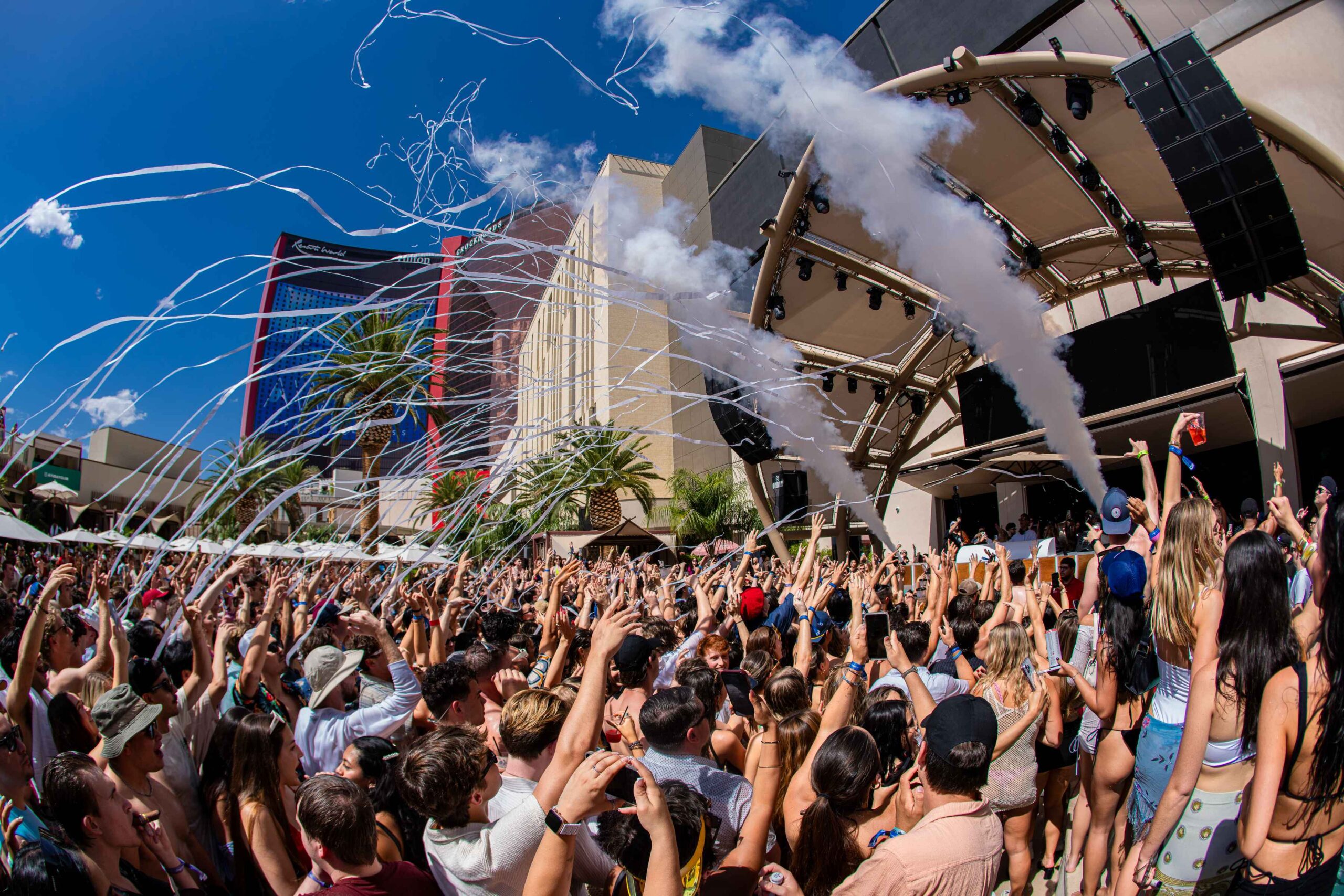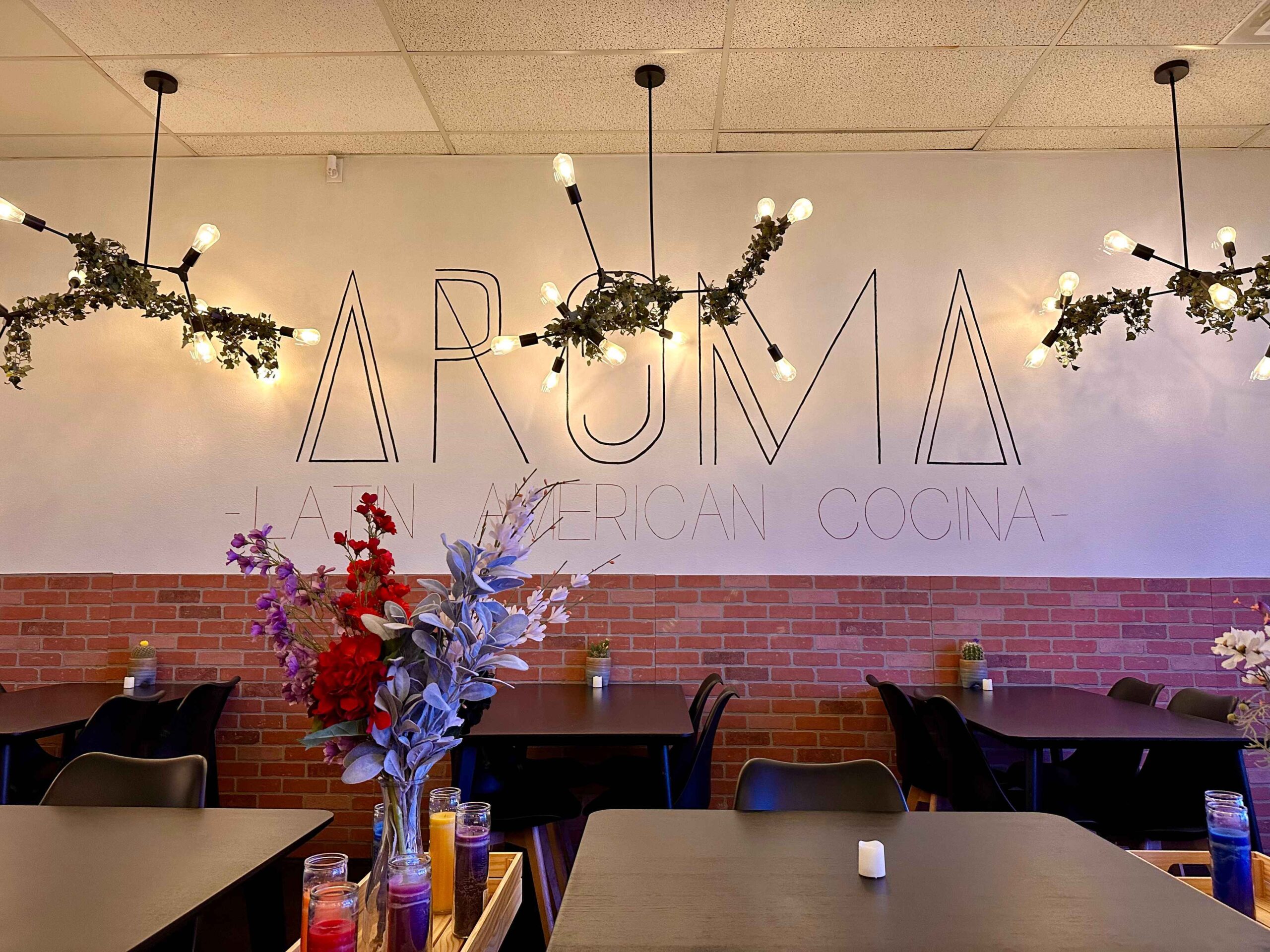Las Vegas, the city of bright lights and extravagant entertainment, offers a unique and educational experience for tourists and locals—The Mob Museum. Officially known as the National Museum of Organized Crime and Law Enforcement, the Mob Museum is a world-class institution dedicated to presenting organized crime’s thrilling and often brutal story and its impact on American society. Located in the heart of downtown Las Vegas, it offers a captivating insight into the historical struggle between the nation’s most notorious criminal figures and the relentless authorities. The Mob Museum takes visitors on an intriguing journey through the dark world of mobsters, revealing their cunning tactics, the fierce law enforcement efforts against them, and the significant role they played in shaping America’s history. We talked with Geoff Schumacher, Vice President of Exhibits and Programs at The Mob Museum, about the facility’s fascinating history, exhibits and more.

The Mob Museum Through the Years
“Housed in Las Vegas, Nevada’s former U.S. Post Office and Courthouse, The Mob Museum tells a story that no other museum tells,” Schumacher said of the historic building that houses The Mob Museum. “The story of organized crime and law enforcement is not something you tend to learn about in school, yet it intersects with some of the biggest events in U.S. history. The Mob Museum has artifacts on display that cannot be seen anywhere else, and these artifacts are at the heart of the stories we tell, and it’s our responsibility to preserve this part of U.S history.”
“Since its opening eleven years ago, The Mob Museum has undergone several changes that have contributed to its growth and evolution. Exhibits have been refined and have evolved to present a more cohesive narrative,” Schumacher continued. “One of the most significant changes is the expansion of its exhibits, which now cover a wider range of topics related to organized crime and law enforcement. In 2018 the Museum added two immersive experiences, the Crime Lab and Firearm Training Simulator, in addition to The Underground Speakeasy and Distillery. The Crime Lab provides guests with the opportunity to learn how forensic scientists contribute to criminal investigations while the Firearm Training Simulator puts visitors in the shoes of law enforcement officers and how they learn to make split-second decisions in situations they encounter daily on the job.”
The museum has become a popular destination for visitors from around the world. “The Museum now sees an average of 400,000 visitors a year and is one of the most popular things to do in Las Vegas,” Schumacher said proudly. “Our public programming is also so improved. We have really become quite adept at holding public educational events in a way that we couldn’t have imagined when we first opened. The historic Courtroom is filled on a regular basis, and program attendees are educated and entertained every time.”

Exhibits and Attractions
“The museum exhibits are designed to tell the story of organized crime and law enforcement in roughly chronological order,” Schumacher told us. “Guests start their tour learning about the arrival of immigrants from various parts of the world and the discrimination many faced, and how those experiences led some of them to criminal activity to make a living. The Museum then continues to work its way forward in history with one of the final exhibits showcasing what organized crime looks like today.”
Visitors begin their visit on the third floor, where they can view exhibits like Birth of the Mob, Crime Gets Organized and A Tough Little Town, amongst others. On the second floor, guests can view areas about the Kefauver Trials, visit the historic courtroom, and learn about how Vegas tried to “go straight.” In the basement, you’ll find a stunning exhibition of Prohibition Era artifacts and costumes, along with the venue’s distillery and speakeasy. Concluding your visit on the first floor, you’ll see how the mob was brought down and the current state of organized crime. Interactive sections here include The Crime Lab and the Firearm Training Simulator.

Transforming Violent History into Family-friendly Learning
“The Mob Museum’s exhibits are not for the faint of heart, but we also do not glorify crime, we do not celebrate mobsters, we do not revel in the worst elements of these stories. The gory details are left to the history books and not to our exhibits,” Schumacher explained. “There are elements of the museum that are more about human lives and circumstances in our cities that are interesting to everyone. Whether you care about the mob or not, the exhibits offer something that all family members can take an interest in. It’s also fun because you’re learning, but you’re at the same time kind of reveling in this dramatic story. This is a narrative where there is a lot going on. No matter how old you are, you can find something interesting at The Mob Museum.
“One of the key strategies The Mob Museum employs is to focus on the history and cultural impact of organized crime rather than glorifying the criminals themselves. We take an objective approach to the subject matter, providing a historical perspective on how organized crime has affected society. By presenting the information in this manner, visitors can gain a greater understanding of the consequences of organized crime,” Schumacher continued. “We have created interactive exhibits that allow visitors to engage with the material in a more immersive way. For example, visitors can explore the exhibits using a scavenger hunt. We developed educational outreach programs that cater to different age groups, ensuring that there is something for everyone.”
Enhance your visit by downloading The Mob Museum app. Here, you can find your “Doppelgangster” and learn more about the museum in advance. The app also acts as a kind of guide during your visit, making it easier to interact with the space. If you’ve visited before, you’ll want to come back soon— new things are coming to the museum. “It so happens that in 2022 and early 2023, The Mob Museum acquired a number of unique and fantastic artifacts that we plan to put out on permanent display in the Museum,” Schumacher told us. “It takes time to create permanent exhibits, but when we have items like a home movie made by Al Capone, a letter from Bugsy Siegel to his wife, or a prop gun from “The Sopranos,” we are so excited about getting those on display that we look toward unique opportunities to present them outside of traditional exhibits.”




